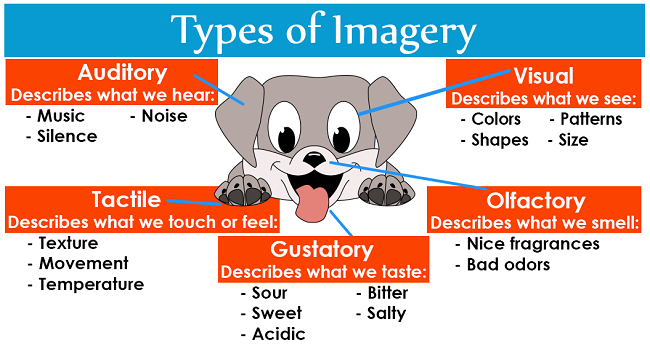

Allison Noelle Conner, Los Angeles Times, 8 Sep. SES: A lot of my life has been touched by and affected by prison, by these kinds of structures. 2023 For you, how is the prison related to the weather? 2023 Youngsters will have the opportunity to touch and explore a variety of city trucks and vehicles, from the recreation, public works, police and fire departments. 2023 The man told Escambia County deputies Allen was touching himself on the outside of his clothes. Nor will Jains serve meat to guests, or permit any ill-treatment of animals.Verb Sunday began a string of days in the upper 90s, a spell that touched 99 and until Friday had averaged 98 degrees. Lay Jains should be vegetarians: as their scripture forbids them to intentionally injure any form of life above the class of one-sensed beings, they can only eat vegetables. Some forms of employment seem to be incompatible with Jainism - Jains can't work as butchers, fishermen, brewers, wine-merchants, arms-dealers, mill-owners and so on. The golden rule for lay Jains is to avoid doing any harm intentionally harm which is unavoidably done in the course of employment, normal domestic life, or in self-defence is accepted, although should be avoided if possible. Some harm is inevitably done, for instance, in the following activities:
#Define touche literally full
Lay Jains try to follow the doctrine in every part of their life, but not so strictly - since full ahimsa is not compatible with everyday life. monks are not allowed to use violence in self-defence even if this results in their own death.monks wear muslin cloths over their mouths to make sure they don't swallow and thus harm any flies.monks walk in the street and sweep the ground with the utmost care so as to avoid accidentally crushing crawling insects.Monks and nuns follow the doctrine of ahimsa in every part of their life with great strictness: So ordinary Jains give regularly to charity. Most Jains believe that ahimsa doesn't just mean not doing harm - it also means working positively to promote tolerance, forgiveness and compassion, and to help those who are less fortunate. Jains also believe that getting others to do harm, or allowing others to do harm, is as bad as doing harm yourself.

Jains believe that violence in thought and speech is as bad as physical violence, so they try to control things like anger, greed, pride and jealousy.

Jains are also not allowed to do jobs that cause harm, for example: take care to preserve life in everything they do.don't use cloth whose production hurts animals or humans.This is controversial among Jains and both the points below are disputed.Ěccidental physical harm may not count as violence if there was no violent intention, but lack of compassion or care may be a sufficiently violent intention.Īhimsa touches every area of life, so Jains: Violence involves violent intention as well as physical harm Violence can be committed in several ways, all of which should be avoided: One should refrain from violence to any living creature. Jains believe that life (which equals soul) is sacred regardless of faith, caste, race, or even species. Literally translated, Ahimsa means to be without harm to be utterly harmless, not only to oneself and others, but to all forms of life, from the largest mammals to the smallest bacteria. But this is merely an appearance - the level of detachment that a Jain seeks to cultivate eliminates self-interest. You may think that there is a high degree of self-interest in the doctrine of ahimsa, because in Jainism harm done to other beings is considered harm to oneself since it attracts much karma and thus hinders the soul's journey to liberation. Some Jains have criticised this as being a subtle form of violence. Mahatma Gandhi was a famous advocate of Ahimsa, as it informed his policy of passive resistance, satyagraha (combining the Sanskrit terms for 'truth' and 'holding firmly') - which he adopted towards the occupying British forces during the period leading up to Indian independence. And for modern Jains the concept also includes the positive elements of working for justice, peace, liberation, and freedom, if doing so does not involve violence.

Ahimsa is often translated simply as non-violence, but its implications are far wider it is more than not doing violence, it is more than an attitude, it is a whole way of life.


 0 kommentar(er)
0 kommentar(er)
